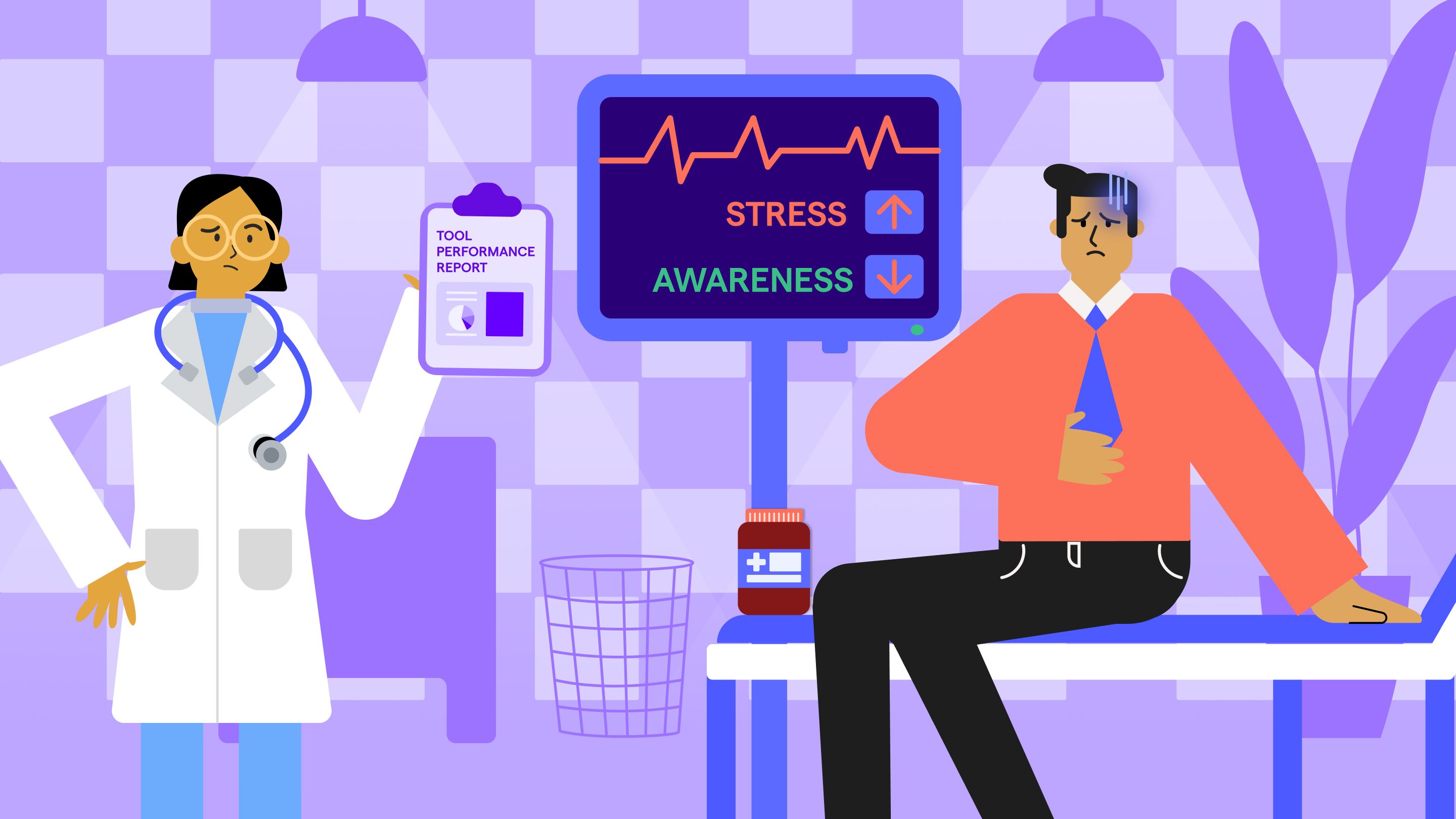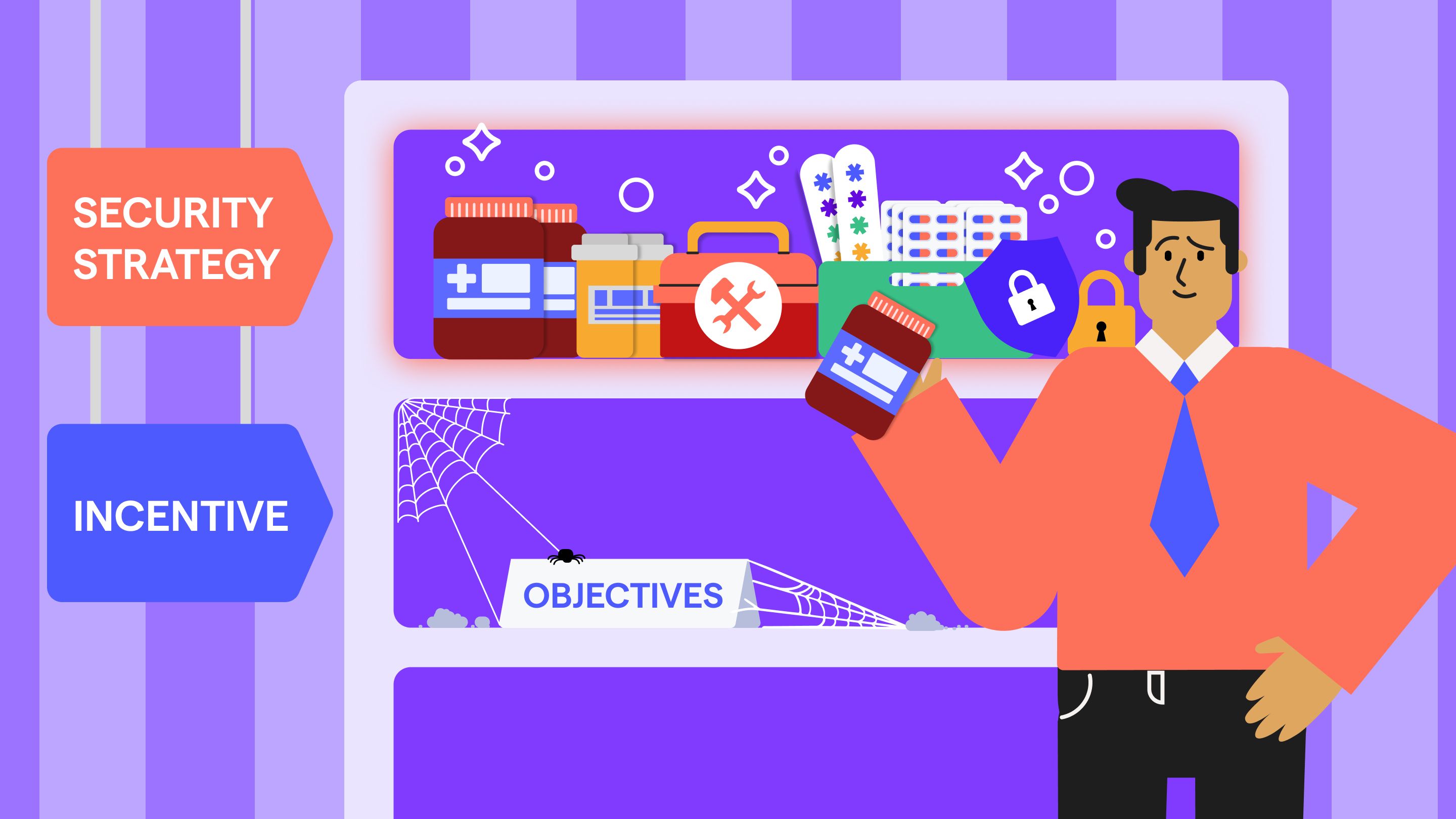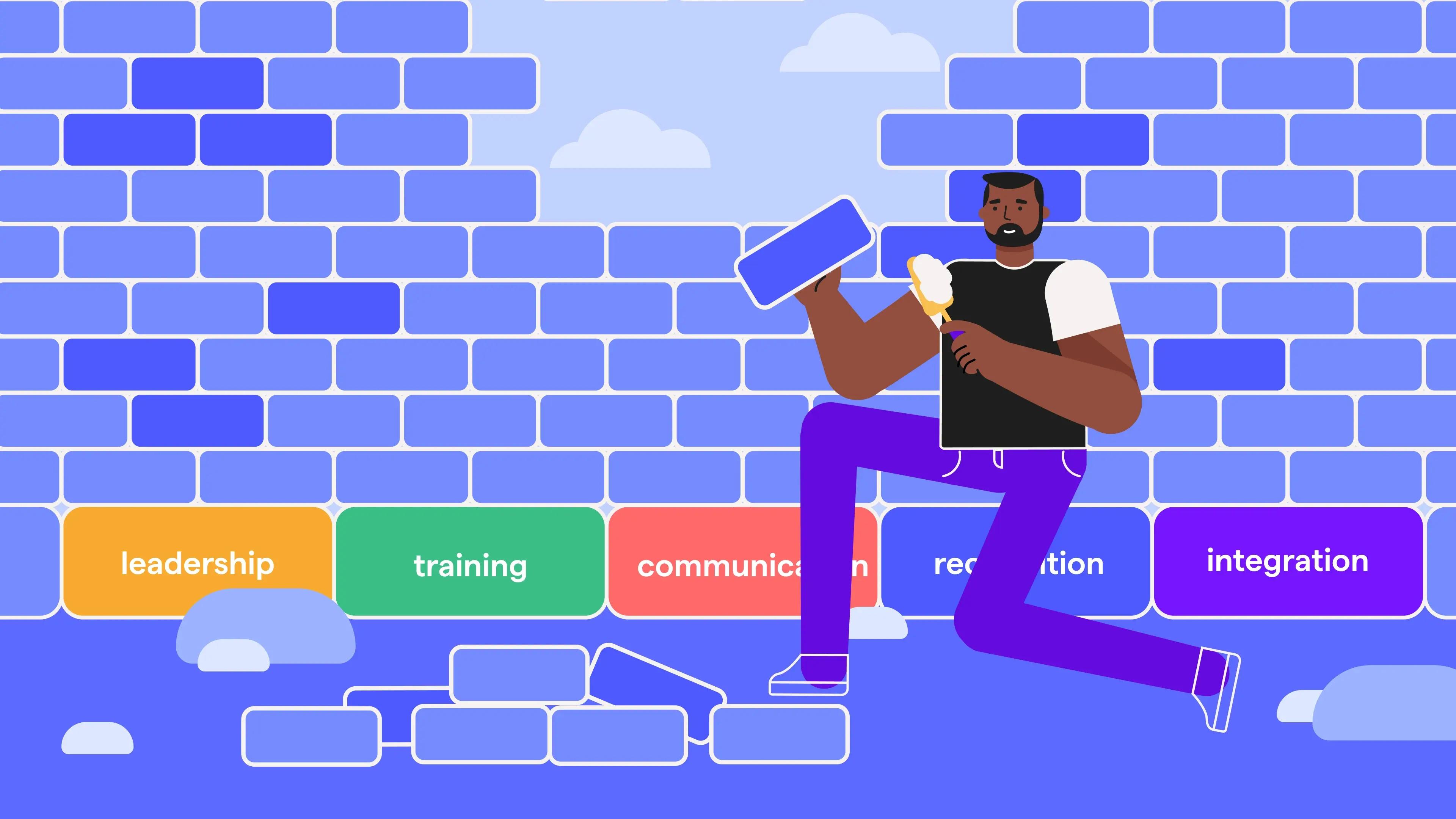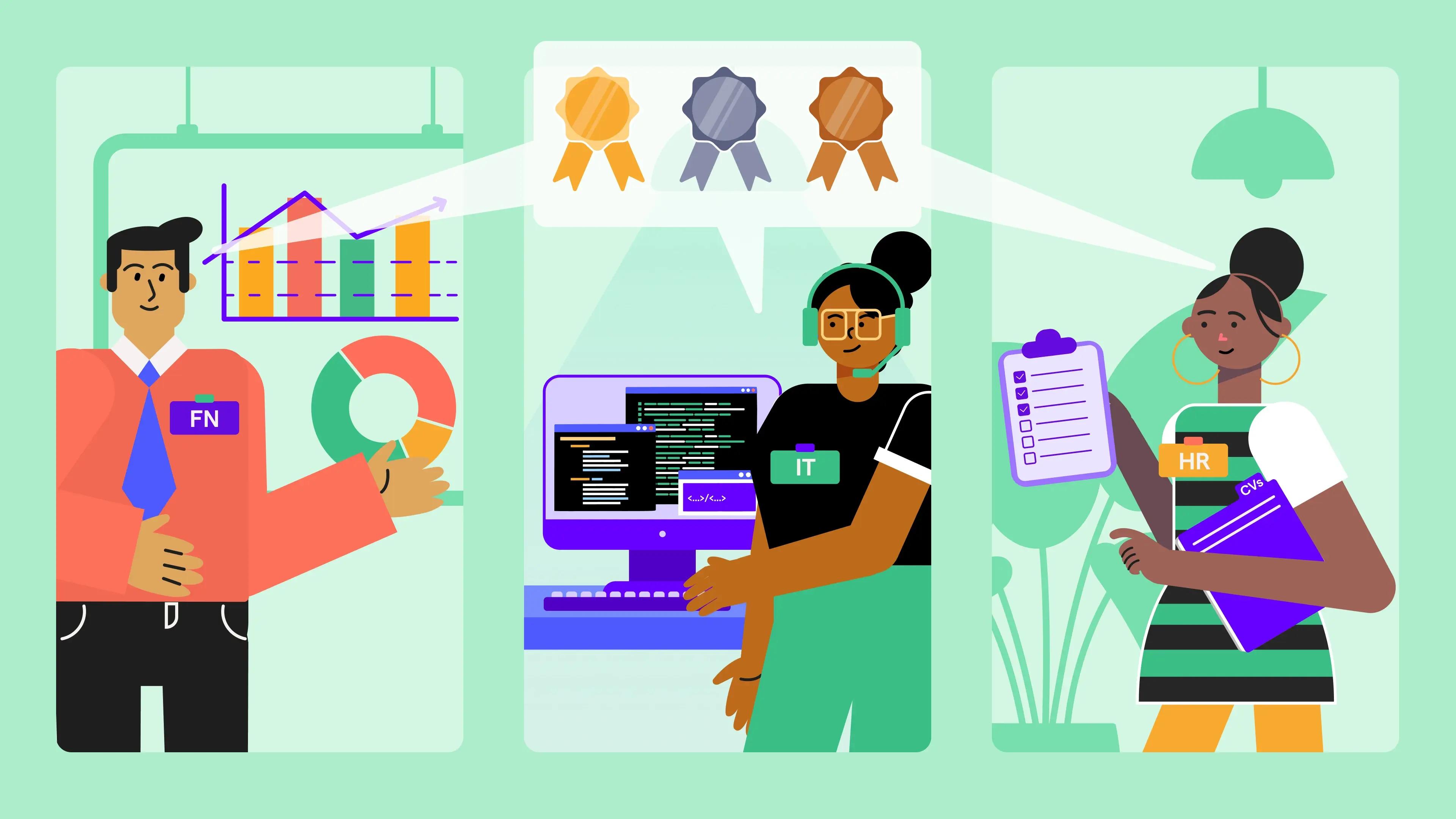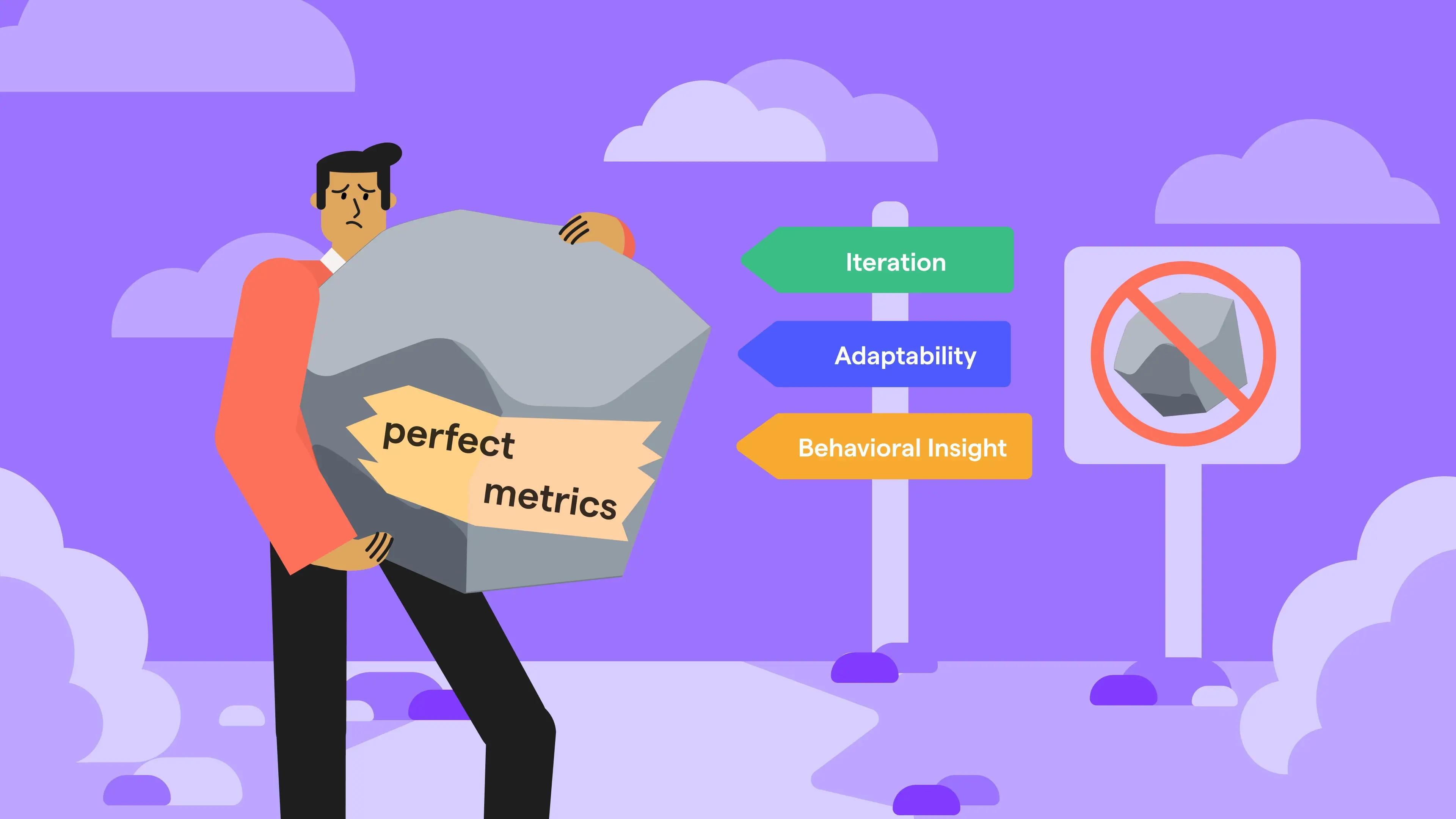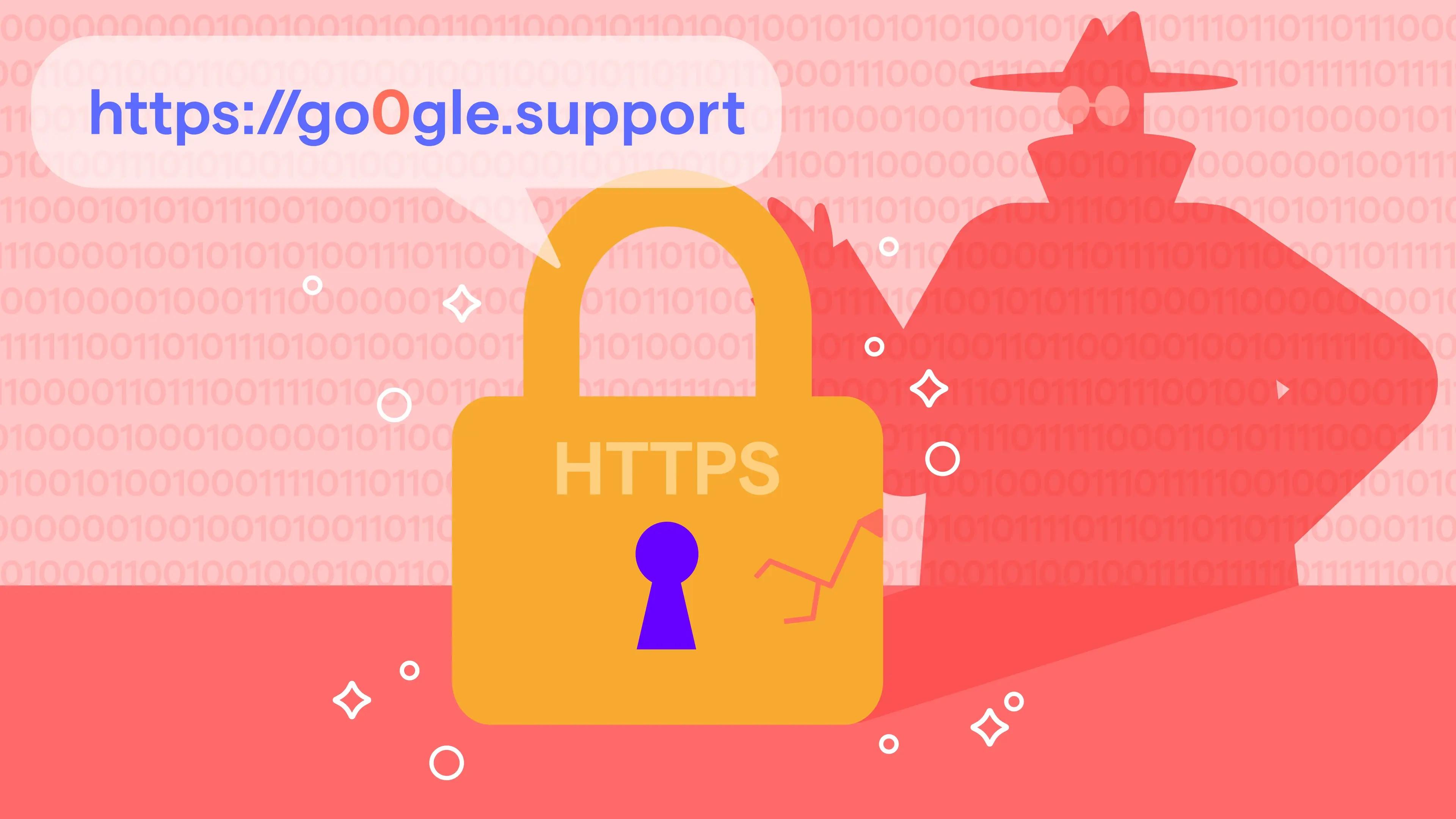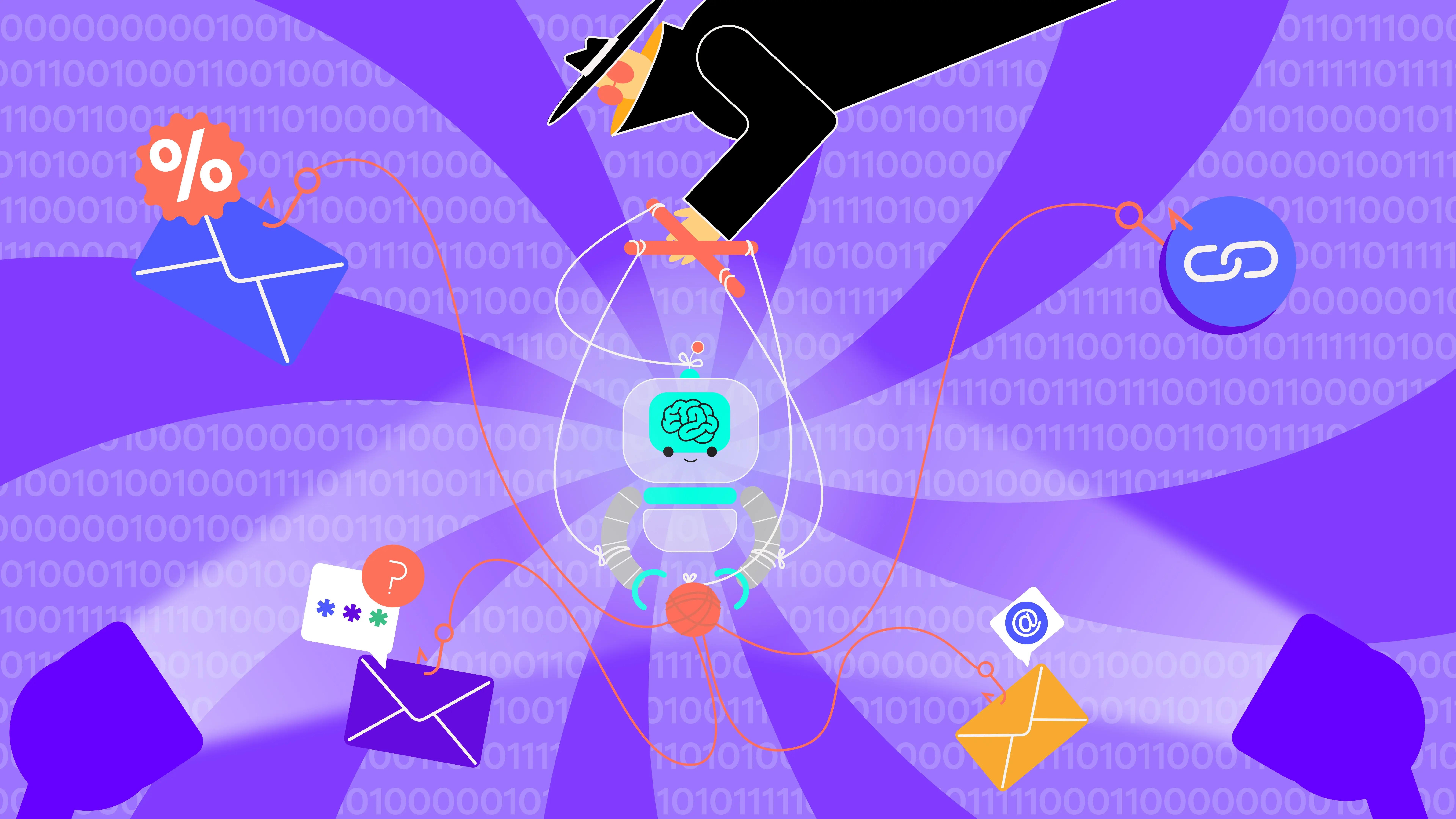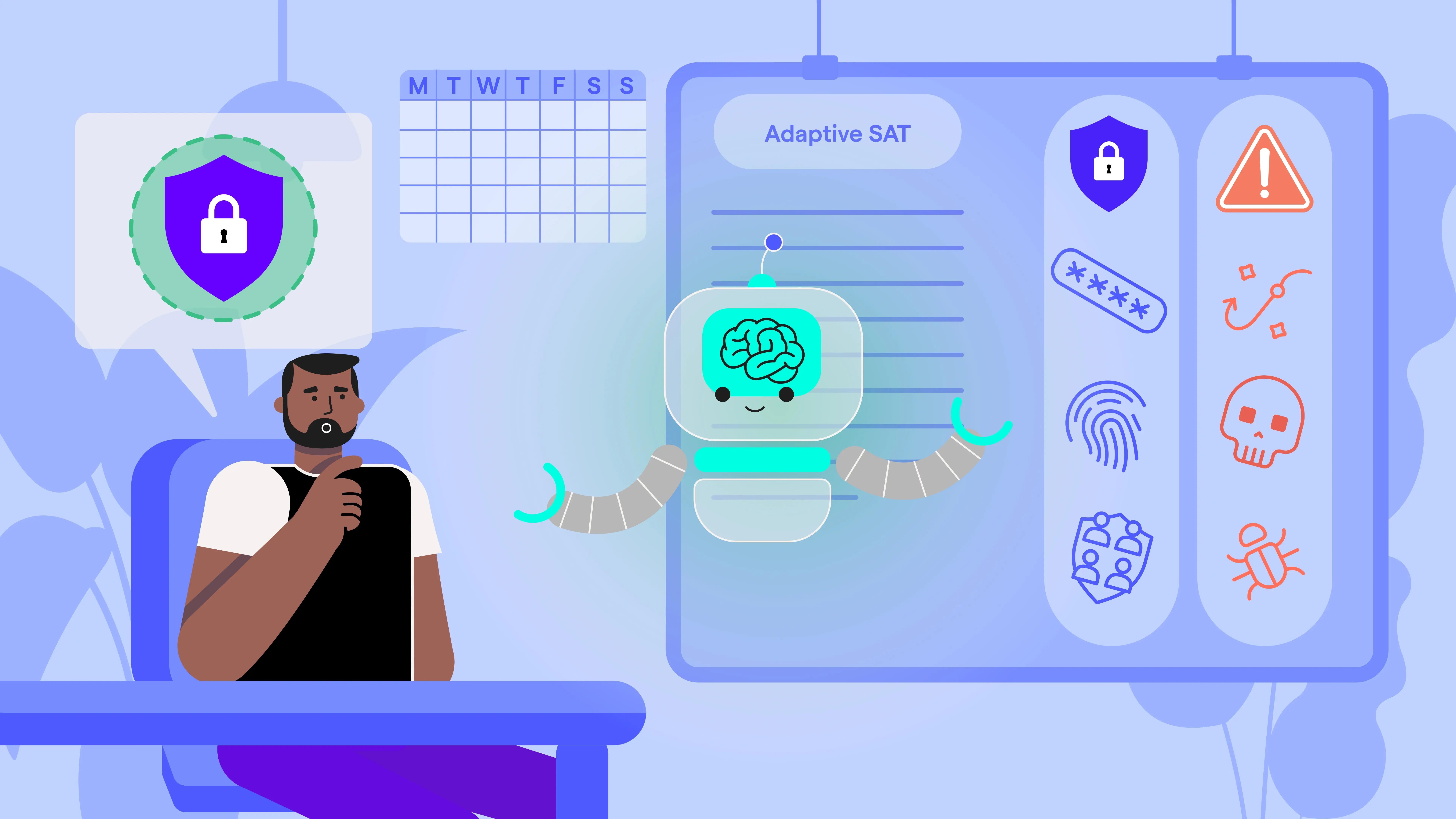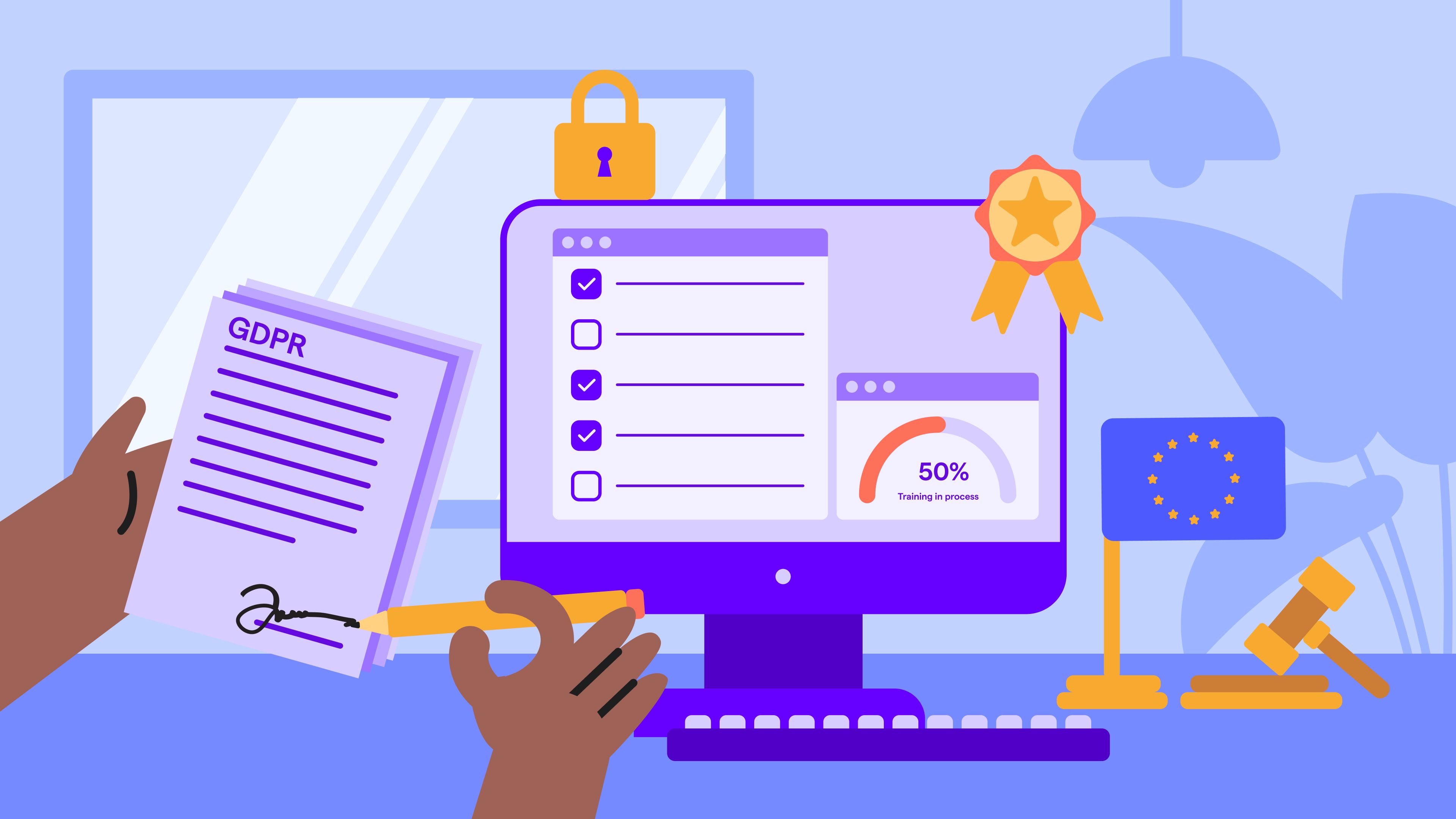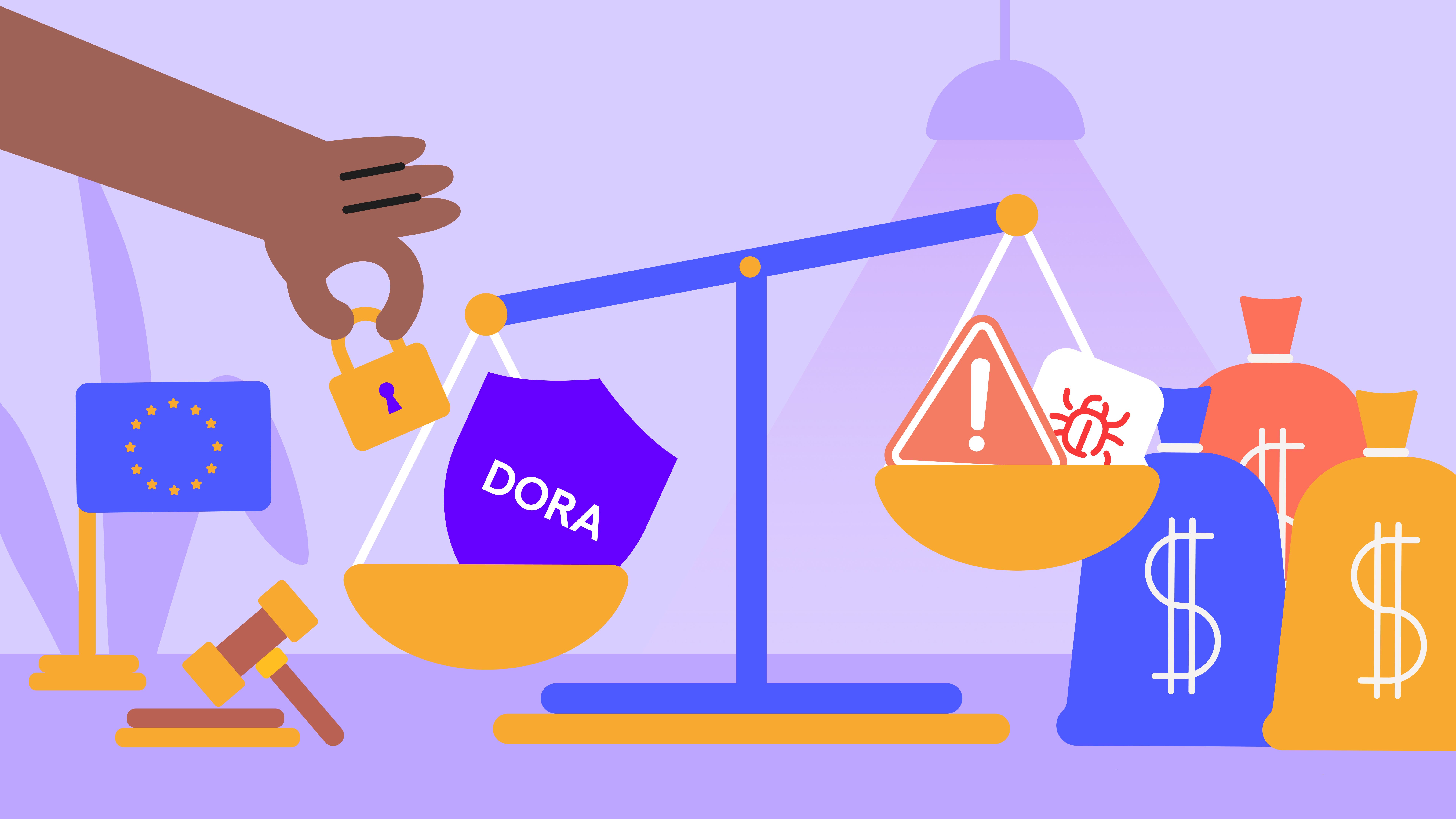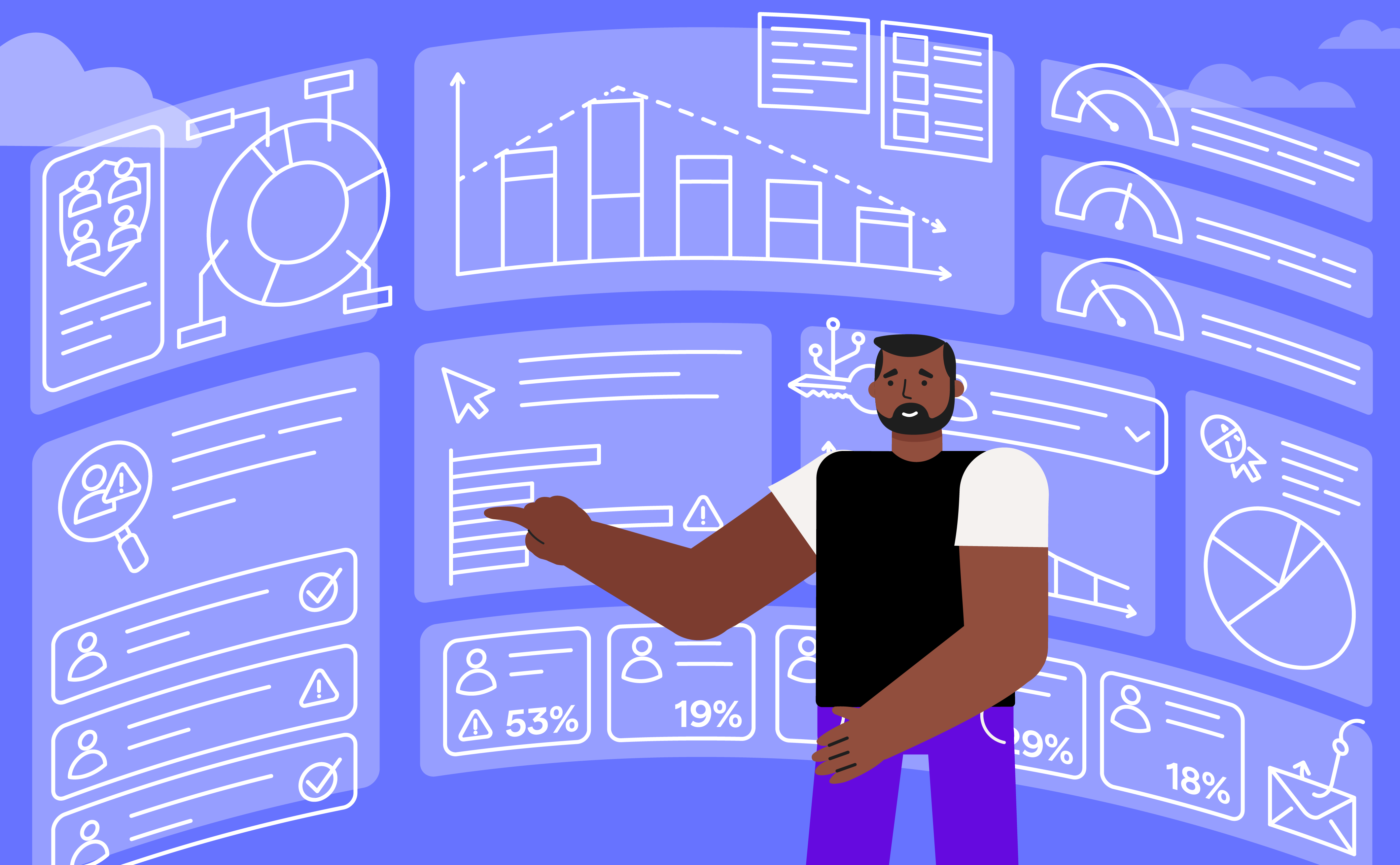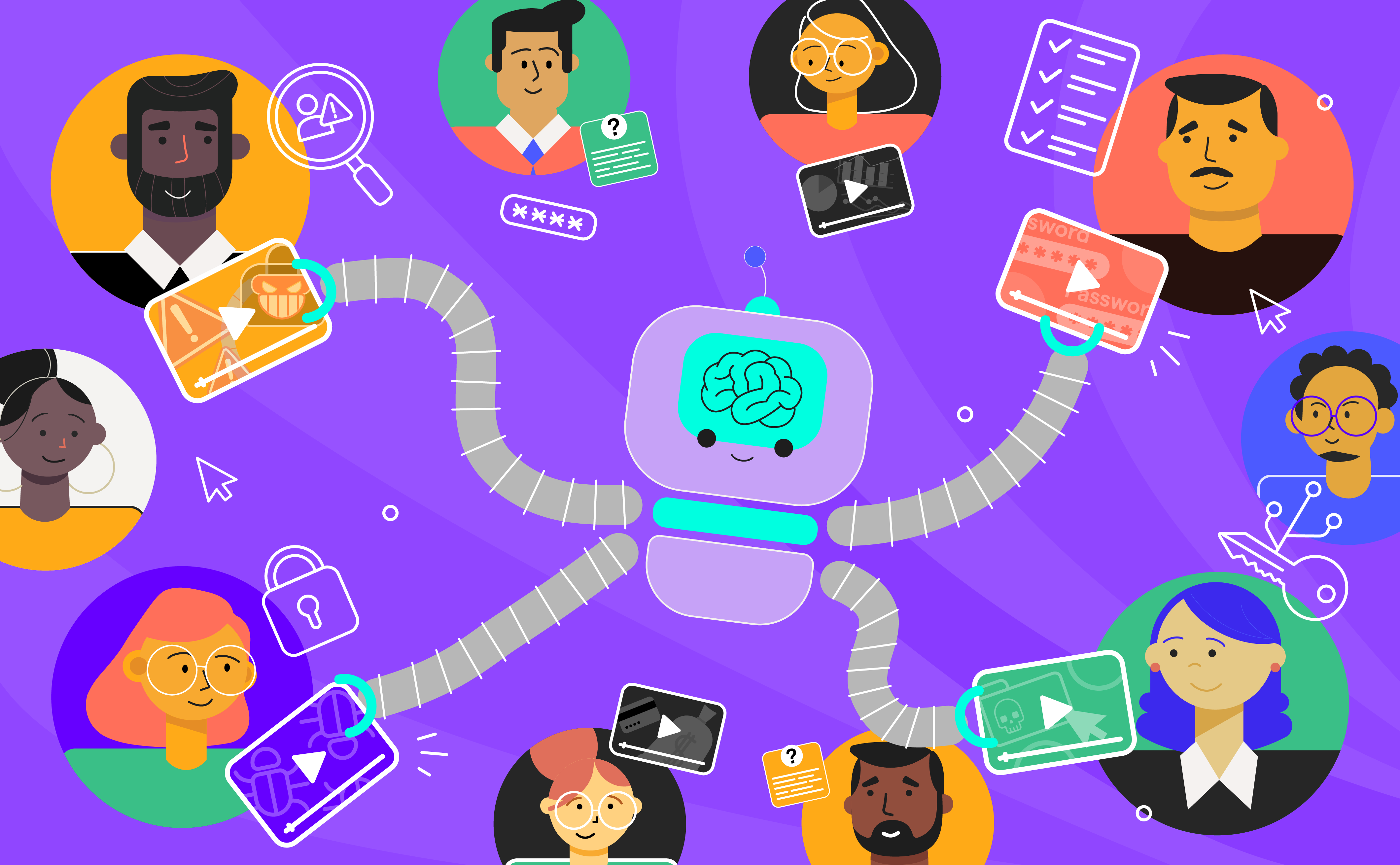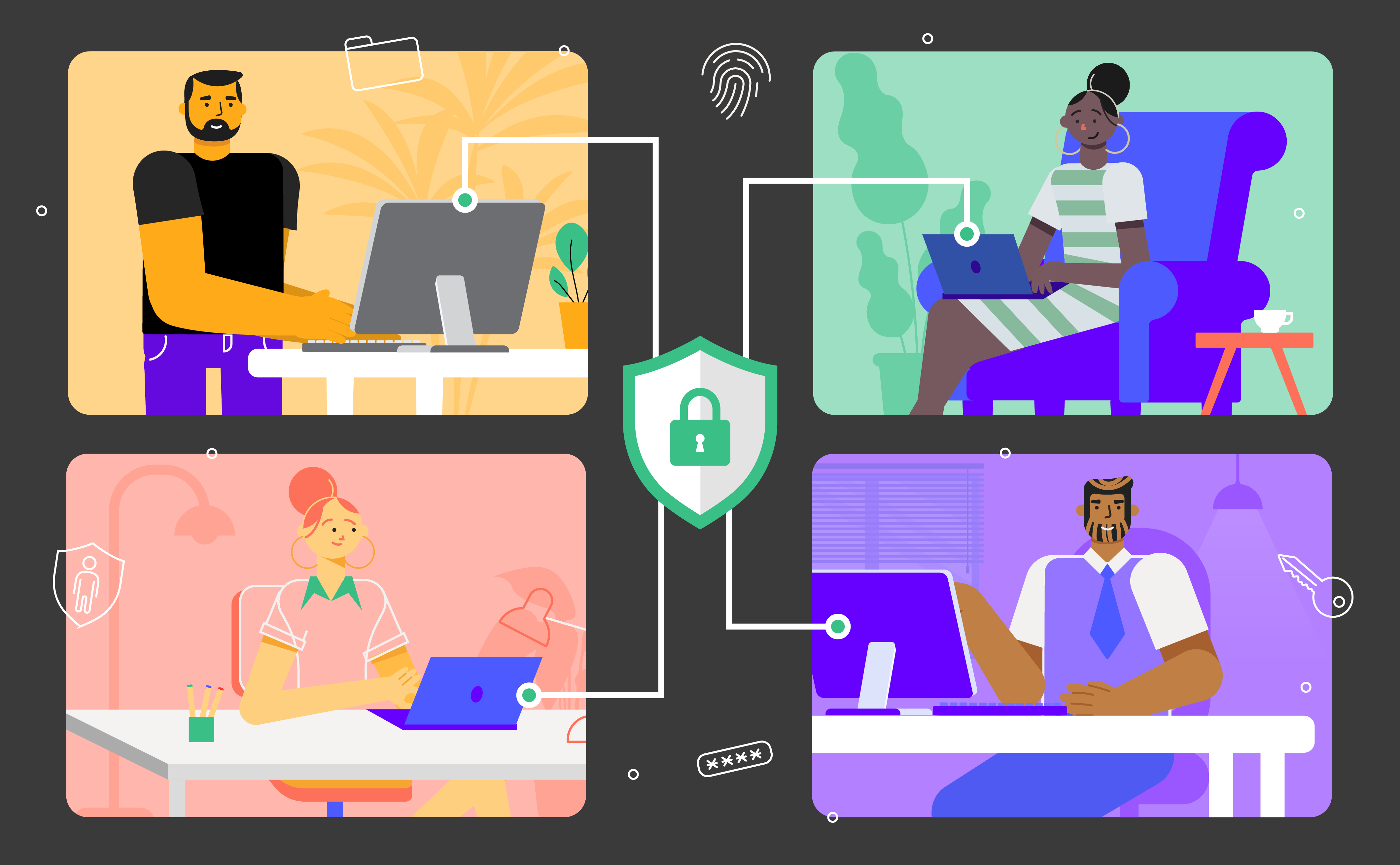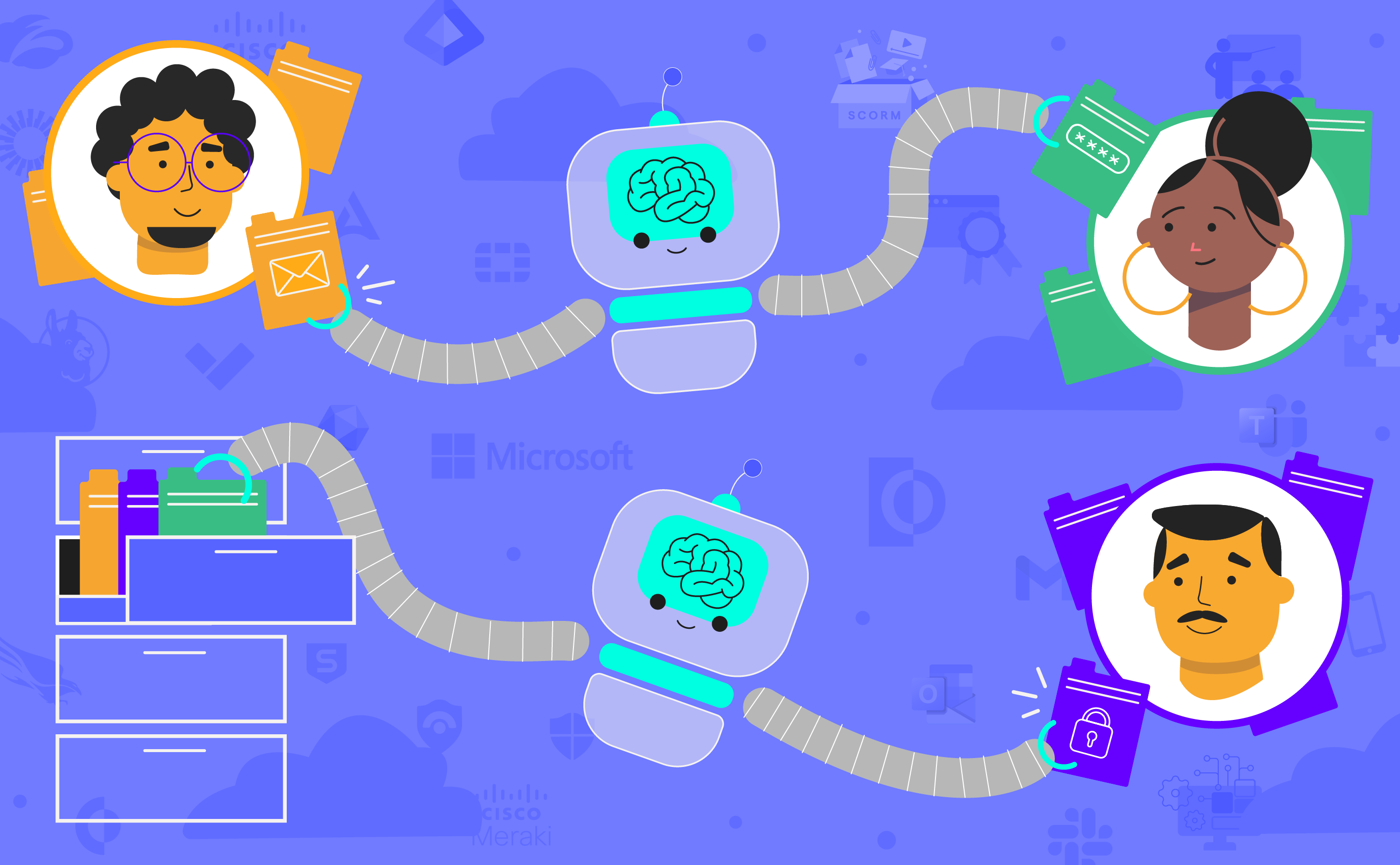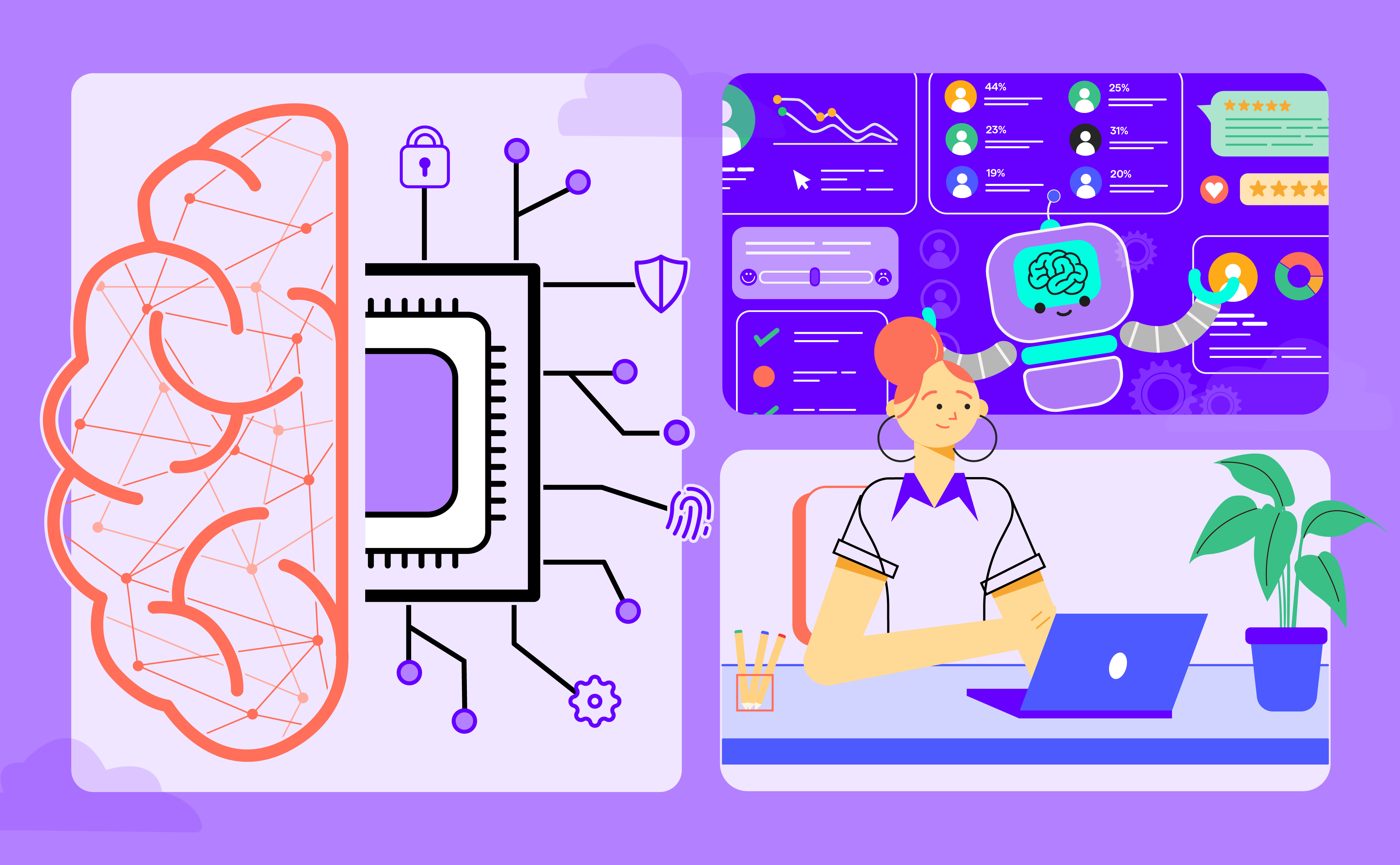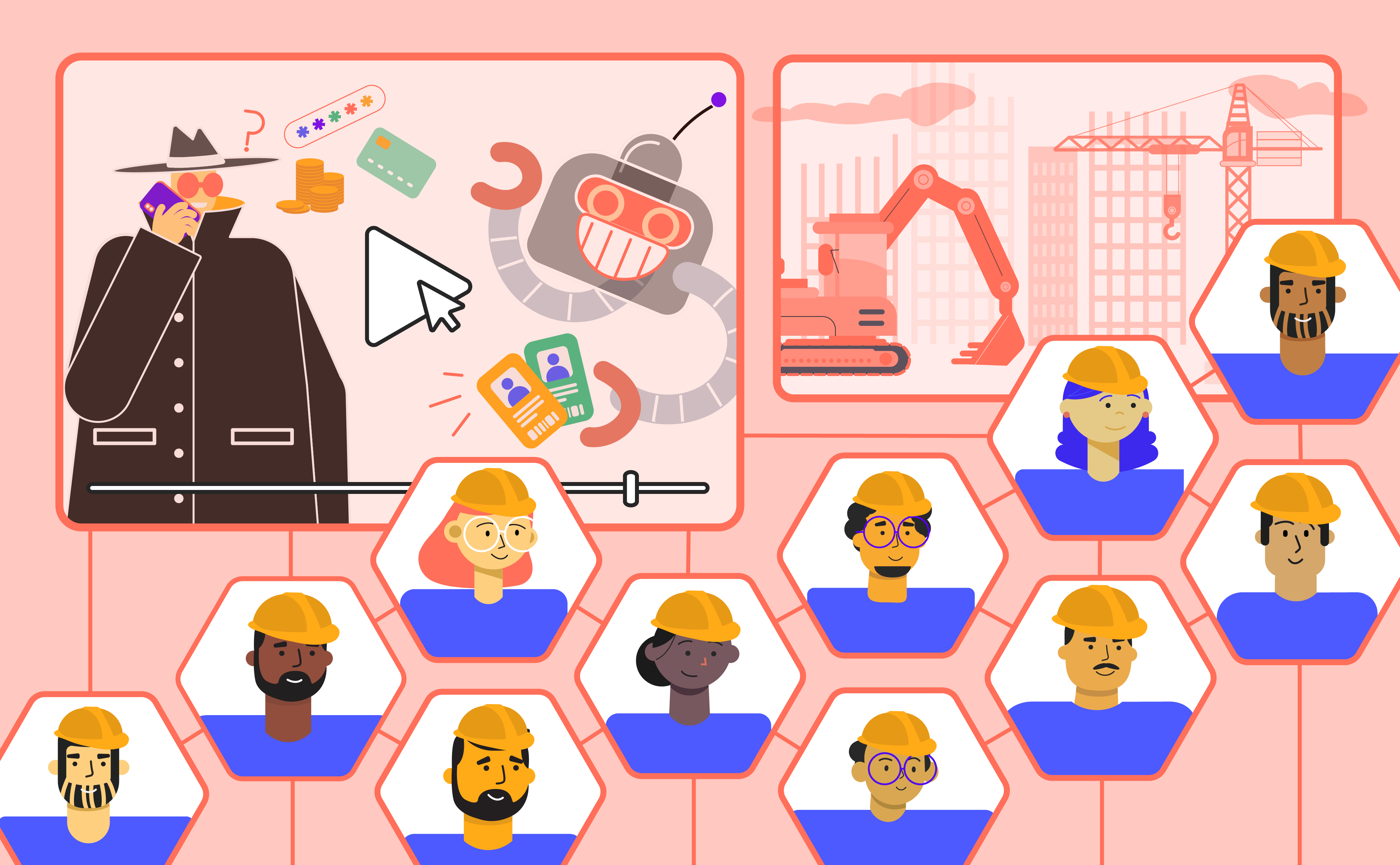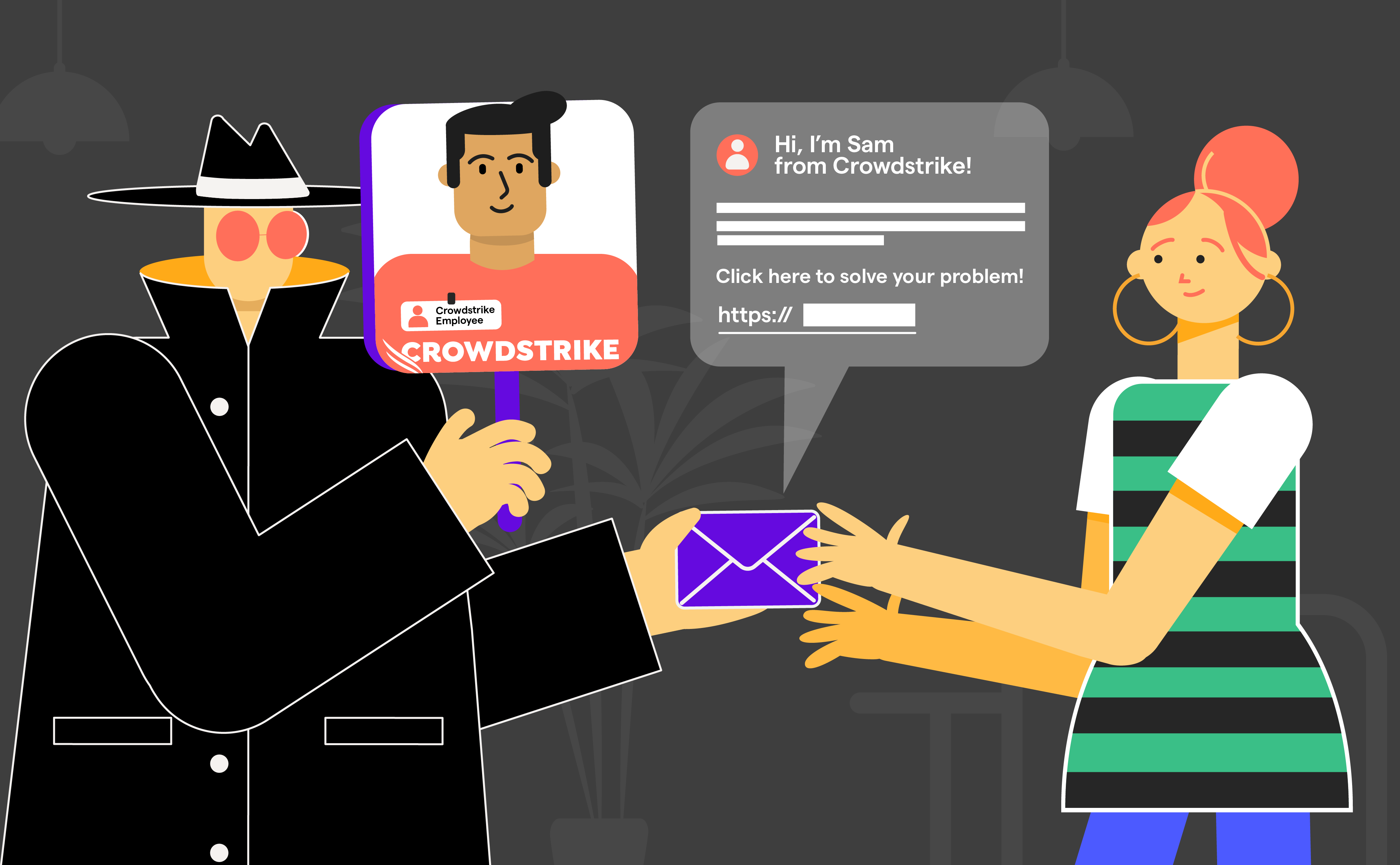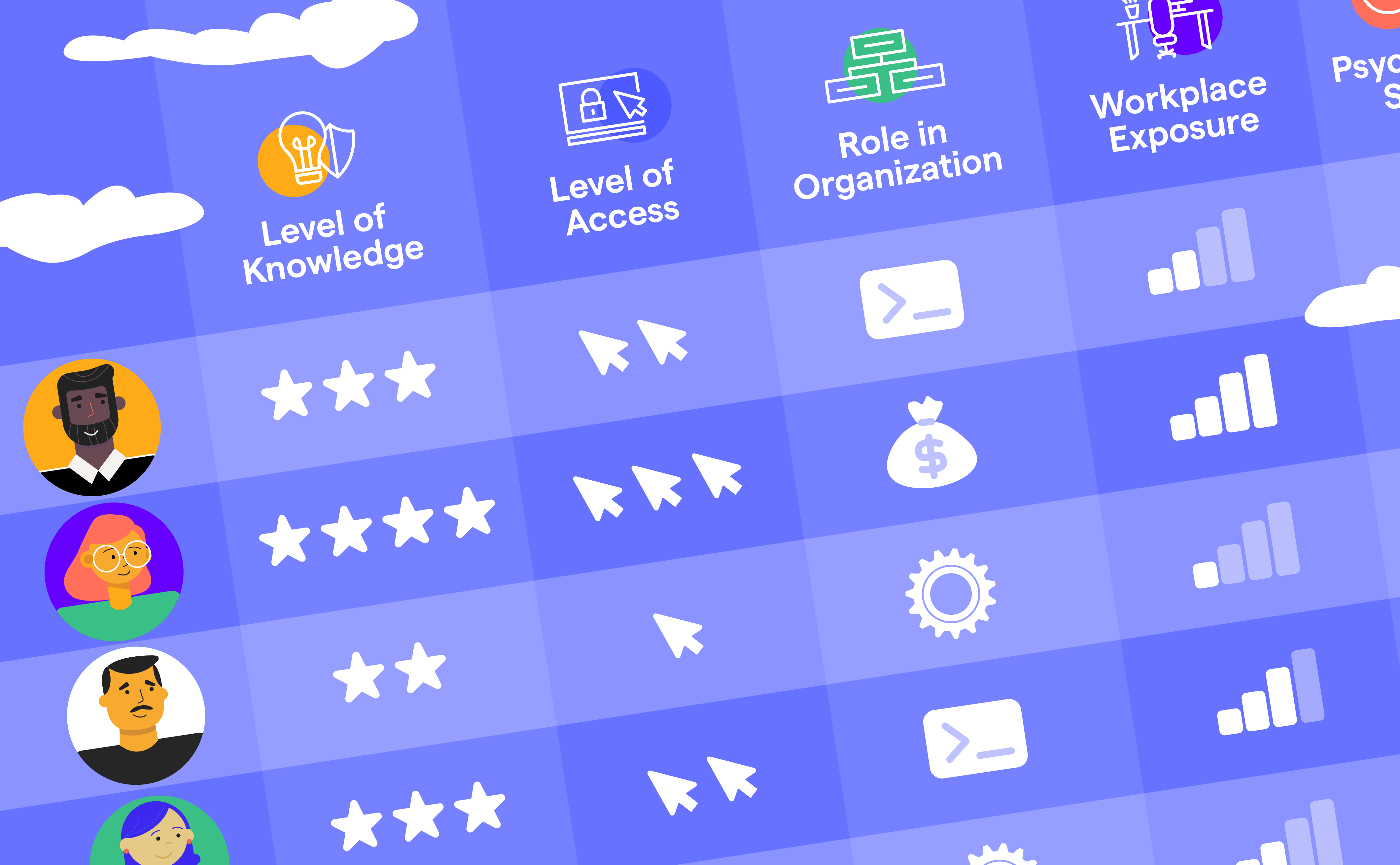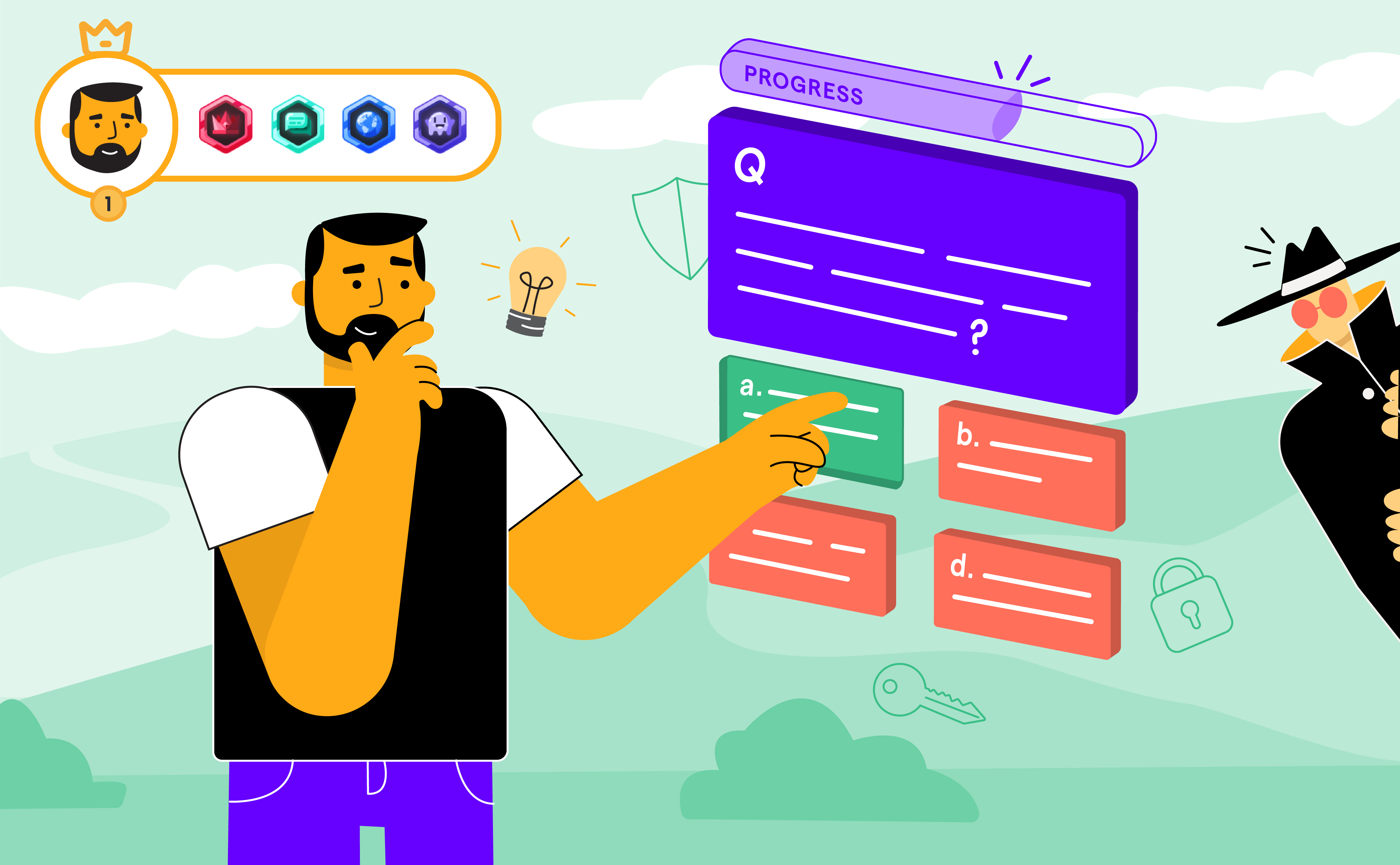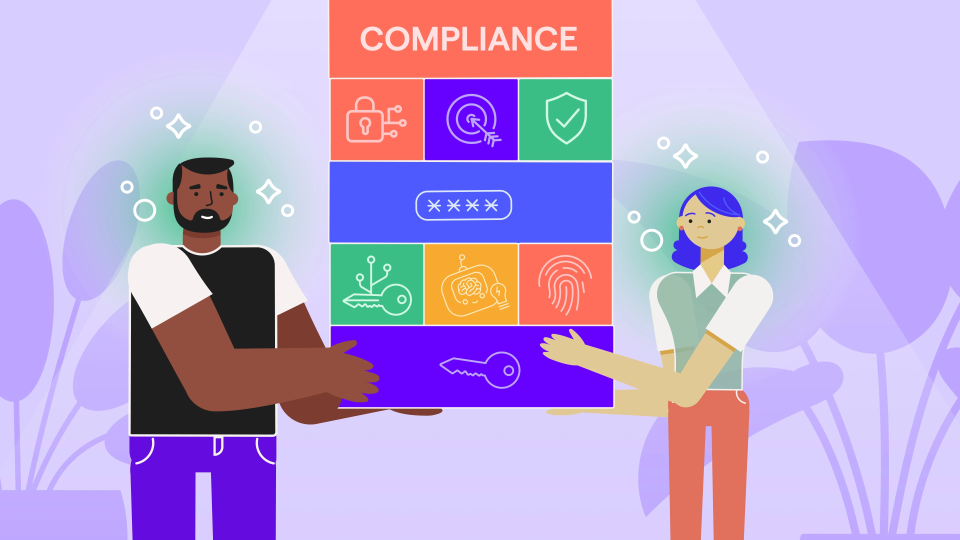
Human Risk Management and ISO 27001
Oct 31

Experience OutThink
Introduction
When organizations think about ISO 27001, the international standard for information security management, the first thing that often comes to mind is policies, processes, and technical controls.
But while firewalls, encryption, and access management are all important, ISO 27001 goes beyond technology.
At its heart, ISO 27001 is about building a management system for information security, an ISMS. And one of the most critical components of that system is the people.
That’s where Human Risk Management (HRM) fits in. Not only does HRM help organizations reduce the risks caused by human error, weak security behaviors, and poor awareness, it also directly supports compliance with ISO 27001. In fact, HRM touches many of the clauses and controls in the standard itself.
Let's look at how.
Where ISO 27001 Requires Human Risk Management
ISO 27001 is about creating a management system where people, leadership, and culture are central to protecting information. Many of the clauses directly point to the importance of awareness, communication, and behavior. HRM helps organizations translate the requirements into practical actions with real data insight.
Clause 5.1: Leadership and Commitment
Leadership must demonstrate commitment to information security by ensuring it is integrated into the organization’s culture and daily operations. HRM gives leaders real data on how employees engage with security such as training results, and behavioral risks, making it easier to show visible support and accountability.
Clause 5.2: Information Security Policy
Policies alone are not enough. Employees need to understand and apply them in their day-to-day work. HRM supports this by turning policies into practical learning, ensuring that policies are not only communicated but also explained including the “why” across the organization.
Clause 7.3: Awareness
Employees need to understand the security risks relevant to their roles. ISO 27001 requires organizations to create awareness programs and demonstrate evidence that they’ve done so. HRM platforms help deliver personalized awareness training, track participation, and provide audit-ready evidence.
Clause 7.4: Communication
Information security relies on clear, consistent communication. HRM helps ensure that messages about risks, policies, and best practices are delivered in ways people actually understand.
Clause 6.2: Setting Objectives
Objectives should not just be technical. Incorporating the human aspect into security objectives ensures that organizations measure cultural change and behavioral improvements.
Clause 6.1, 8.2, 8.3: Risk Assessment and Treatment
Risk assessments should consider and include the human factor. HRM tools identify where human behaviors create risks, again providing insights into the ISMS, and support the selection of treatments.
Clause 9.1: Monitoring, Measurement, Analysis, and Evaluation
HRM provides measurable data on how people interact with security such as click rates on phishing tests, password hygiene, training completion, and more. This data strengthens the ISMS by making human risk measurable instead of guesswork.
Clause 9.3: Management Review
Leadership needs to see clear KPIs and trends. HRM provides metrics that can be presented in management reviews to show progress, highlight challenges, and demonstrate improvement over time.
Clause 10.1 and 10.2: Continuous Improvement and Corrective Action
HRM enables organizations to learn from incidents and nonconformities by pinpointing the human causes behind them. This insight helps drive corrective actions and continuous improvement, strengthening both the ISMS and the organization’s overall security posture and culture.
ISO27002: People Controls
Chapter 6 of ISO 27001 highlights people as one of the four pillars of security alongside organizational, physical and technical controls. The fact that people controls are given their own chapter shows how central the human element is.
Control 6.3 is especially relevant as it focuses directly on security awareness, education, and training. HRM platforms make it easier to not just meet this requirement, but also use real data to improve learning outcomes and track results.
Several of the organizational, physical and technical controls also rely on human behaviour for success in implementation.
The Benefits of HRM for ISO 27001 Certification
For organizations aiming to achieve or maintain ISO 27001 certification, HRM provides many benefits such as:
Compliance: Evidence based training and awareness programs directly address ISO 27001 requirements.
Better risk management: Human risks are identified, monitored, and treated.
Audit readiness: HRM data provides proof of compliance across multiple clauses and controls.
Continuous improvement: HRM supports the ongoing cycle of monitoring, learning, and continuously improving the ISMS.
Conclusion
Technology is only as strong as the people who use it. A secure email gateway can block many phishing attempts, but all it takes is one employee clicking the wrong link to trigger an incident.
ISO 27001 recognizes this reality, which is why the human side of risk is woven throughout the standard. HRM takes this further by giving organizations the tools to manage, measure, and reduce human risks in a structured, ongoing way.
ISO 27001 is not just about securing systems, it’s about building a culture where security is part of everyday work. That means people are central to compliance and success.
Human Risk Management provides the practical framework to address this human side of security. It supports many stages of the ISMS from setting objectives, to conducting risk assessments, to monitoring KPIs, to driving continuous improvement.
ISO 27001 and HRM have many similarities and both focus on ensuring that security is not just a technical concern, but a shared responsibility across the entire organization.

